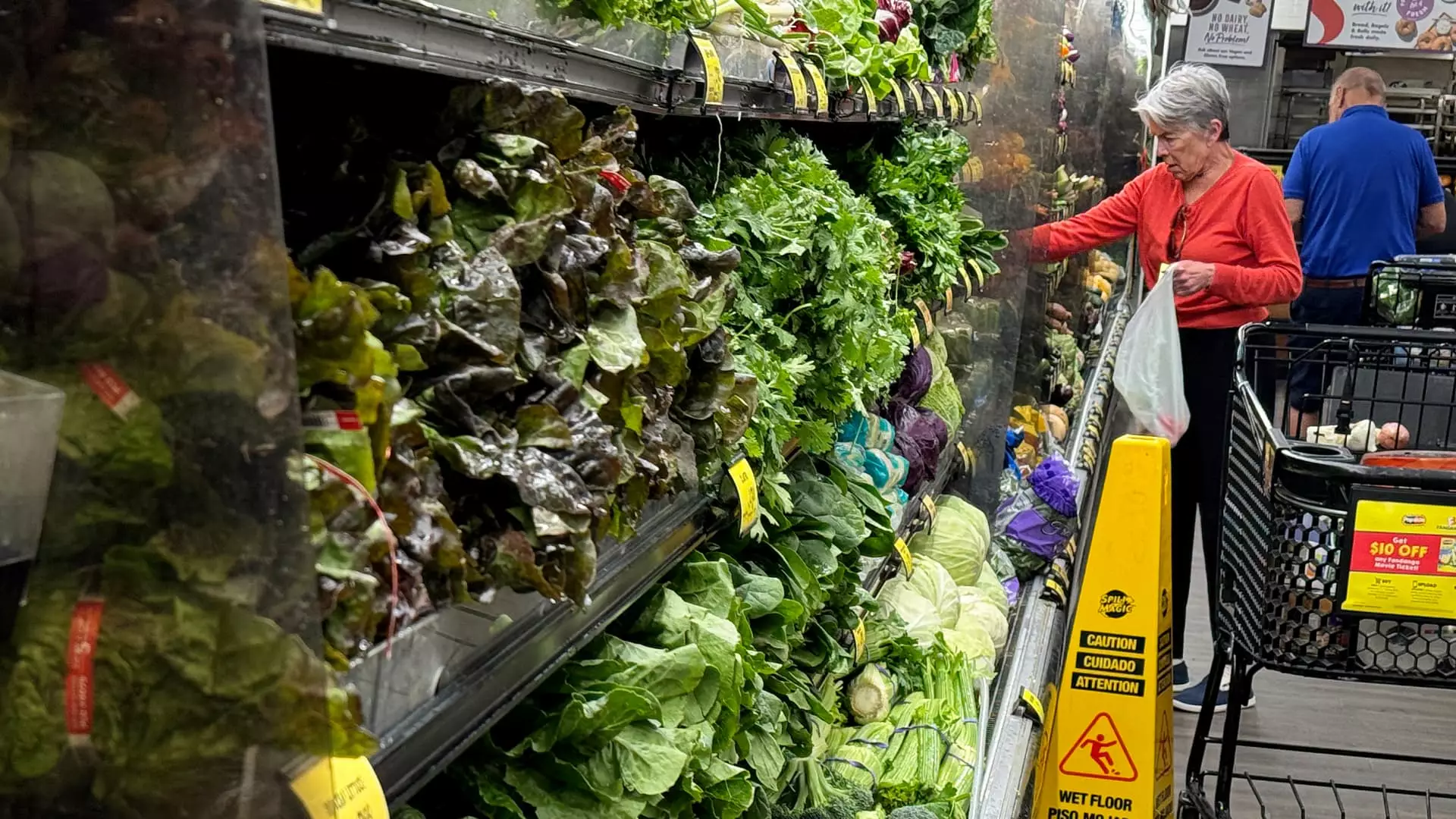Inflation rates continued to decrease in July, with the consumer price index (CPI) rising by 2.9% from a year ago, as reported by the U.S. Department of Labor. This marks a decrease from the 3% inflation rate in June, representing the lowest reading since March 2021. The CPI encompasses a wide range of goods and services, including essentials like food, energy, new and used cars, and various household items.
While experts like Mark Zandi, chief economist at Moody’s, view the current CPI report favorably, pointing out that inflation for essential items like groceries is growing slowly, there are still concerns about specific sectors contributing to the overall inflation rate.
Housing remains a significant factor in keeping inflation rates higher than the Federal Reserve’s target of around 2%. The shelter index, which makes up a large portion of the CPI, has risen by 5.1% since July 2023, contributing to over 70% of the annual increase in the core CPI. This component is crucial in determining inflation trends, as it excludes the volatile costs of food and energy.
Despite some positive trends in the rental market, where inflation has remained stable for the past two years, housing inflation has been volatile. While economists anticipate a gradual reduction in shelter CPI inflation due to prevailing market rent trends, other sectors continue to experience notable increases in prices.
Certain indexes, such as motor vehicle insurance, medical care, personal care, and recreation, have seen significant price hikes over the past year. For instance, motor vehicle insurance costs have surged by 18.6%, while prices for medical care, personal care, and recreation have also increased by 3.2%, 3.4%, and 1.4%, respectively.
The rise in car insurance premiums can be attributed to an earlier surge in new and used car prices, which impacted insurance and repair costs. However, with new vehicle prices decreasing by 1% over the past year, and those for used cars and trucks dropping by almost 11%, economists anticipate a reduction in insurance inflation as car prices stabilize.
Moreover, certain food categories like eggs, bacon, and crackers have experienced price fluctuations over the past year. While egg prices have seen a 19% increase due to a resurgence of bird flu, bacon and cracker prices rose by 8.5% and 3%, respectively. However, these prices dropped in July, indicating potential declines in the future.
The pandemic-induced disruptions in supply chains and changes in consumer spending patterns have had a significant impact on inflation. As the U.S. economy reopened in 2021, inflation for physical goods spiked, while the services sector lagged behind. However, goods inflation has stabilized, while services inflation, influenced by labor costs, is expected to decrease further as wage growth declines.
Additionally, high interest rates have played a role in curbing inflation by reducing overall demand, according to experts like Joe Seydl, senior markets economist at J.P. Morgan Private Bank. While concerns about a potential U.S. recession linger, the easing inflation rates, coupled with a cooling labor market, might prompt the Federal Reserve to consider cutting interest rates in the near future to stimulate economic growth.
Despite certain sectors contributing to inflationary pressures, the overall decline in inflation rates in July 2023 reflects a positive trend for the U.S. economy. By analyzing specific consumer goods, housing trends, and economic factors, policymakers and economists can better understand the current inflation landscape and make informed decisions to ensure price stability and foster economic growth.

